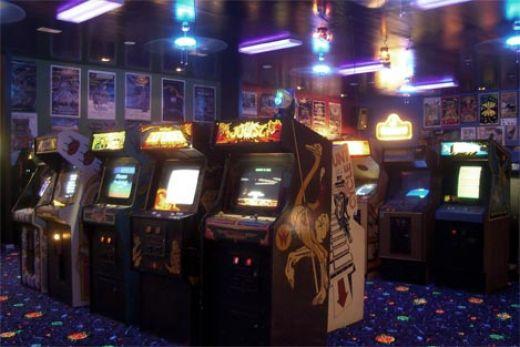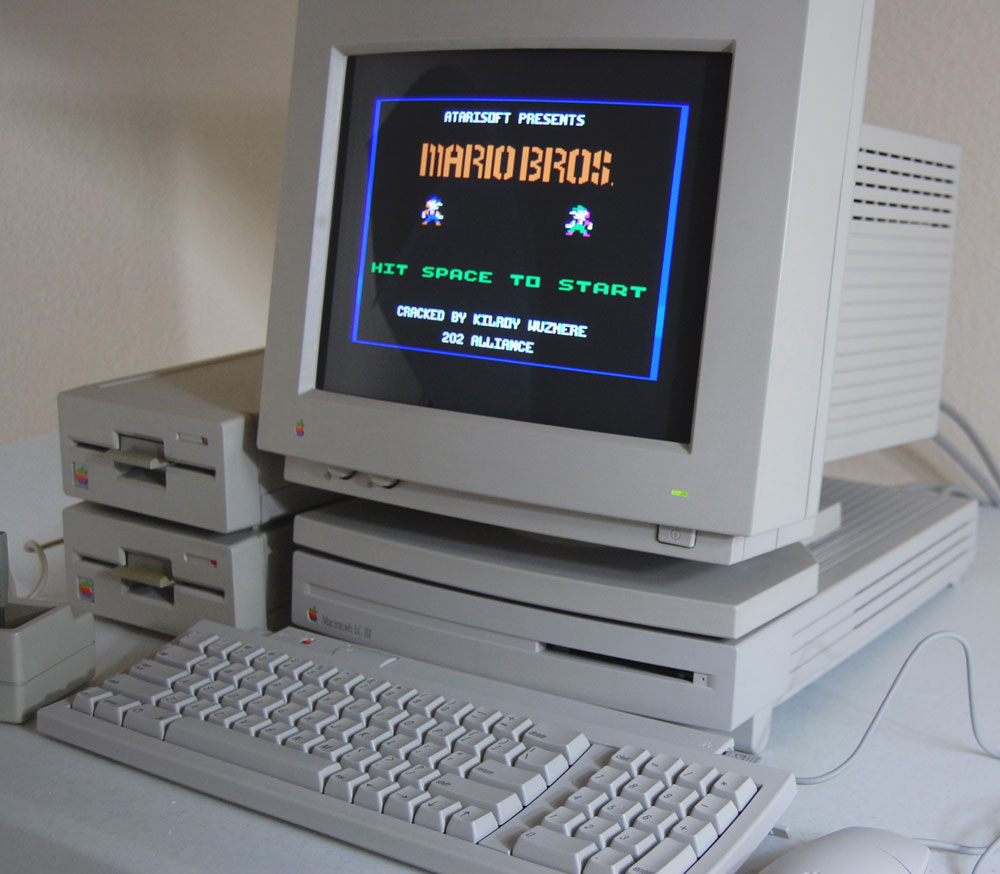Those that grew up during what I have often referred to as the “Golden Age” of video gaming,[1] remember a time when there was no preference between PC and console. There was just gaming. In fact, there are some games that we loved every bit as much as our favorite PC, console, and arcade games, which are now, all but forgotten.[2] Still, as for where most gamers of the period, young and old, preferred to play their favorite games, the arcade was king (see Figure 1).

Though the graphics and gameplay of the standalone machines were often identical to their console/PC versions, there were a lot more games to play at the arcade then at home or school. Also, there was an energy in the place that was palpable and electrifying.[3] Playing in the arcade during the decade of the 1980’s could be viewed as a prototype of the multiplayer experience that we now enjoy online, with one big difference: back then we played, physically, side-by-side, every time.
While the arcade may have been our preference, there were two, significant, disadvantages: cost, and the fact that you needed transportation to get to one. Both reasons made it an impractical, though highly desired, option for me and my eight and nine-year-old, school friends. Even after washing everyone’s car on the block, mowing their lawns, scavenging for and returning bottles and cans for the deposit, and, finally, squeezing your parents for every last quarter they had, it didn’t take long to burn through your hard earned change once you walked into that neon-lit, multisensory extravaganza of light, sound, and movement (see Figure 2). It is largely for these reasons that the console became our video gaming method of choice.

Thus, it was during the decade of the eighties that video gaming as a practice and event shifted from the surrealistic environment of the arcade to become a more home-based activity in which the console played a dominant role. At the time, PC’s were also in their infancy. Companies like Apple, and even HP, had demonstrated an early interest in video gaming software development, but purchasing their hardware was expensive, often more expensive than a console (see Figure 3). Moreover, PC’s were still, for the most part, considered business machines and not video gaming platforms. For many gamers, therefore, the console was the only realistic option.

This economic ‘reality,’ in many ways, created a division between the gamers that had access to a PC, and those that could only get their hands on a console. From this point forward, the question of which platform, PC or console, was technologically superior, became the subject of a debate that continues, thirty years later, into our current day.
Of course, the rift between PC and console gaming is more complicated than the “debate” over which is a, “superior,” platform. However, no one would dispute that this is the primary issue that continues to surface and resurface whenever gamers argue over which is best for gaming. Now, it seems, this age old argument has been given new life in the discussion over which is a better platform for delivering Virtual Reality (VR).
As recent as this past February, Tim Bajarin, a well-known, well-respected technologist, “futurist,” and contributor for PCMag, revealed how this divisive issue is being used to influence the direction of VR software development. In his post, “Why Sony Has a Big Lead in VR,” he offers reasons why the PC is a more preferable VR appliance than the Playstation, or any other console. The primary concern, as he sees it, is the console’s seeming, one purpose functionality as a gaming device. According to Mr. Bajarin, consoles like the Playstation 4, “[are] largely gaming platforms.”